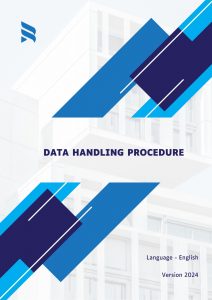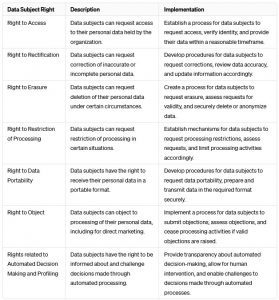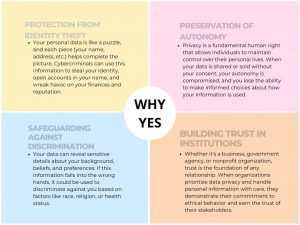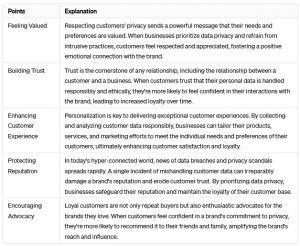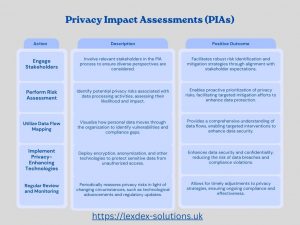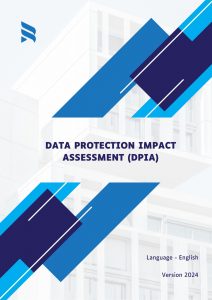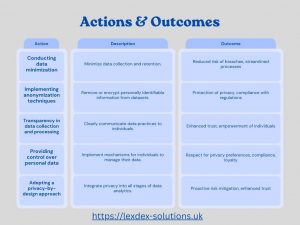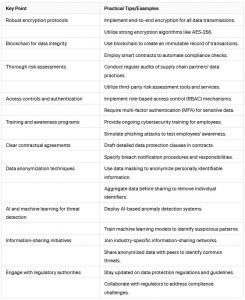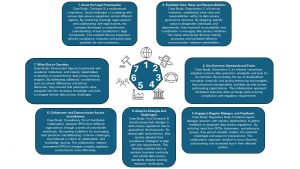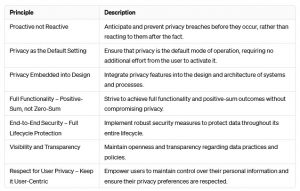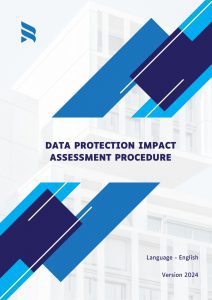1. Know the Legal Frameworks:
Understanding the legal frameworks governing data privacy across jurisdictions is not merely about superficial awareness but about delving deep into the nuances of each regulation. It involves comprehending the underlying principles, scope, and intricacies of laws such as the GDPR, CCPA, PDPA, and others. This understanding extends beyond textual interpretation to grasp the practical implications and enforcement mechanisms of each regulation. DPOs and regulators must stay abreast of updates, amendments, and case law precedents that shape the interpretation and application of these frameworks. Furthermore, they should recognise the extraterritorial reach of certain regulations, which may subject organizations to compliance requirements even if they are not physically located within the jurisdiction. Employing legal experts or consultants specialized in data privacy law can provide invaluable insights and guidance in navigating the complexities of multijurisdictional compliance. Regular training and education sessions for stakeholders within the organization can help foster a culture of compliance and ensure alignment with legal requirements. Collaborative efforts such as industry associations and forums can also serve as platforms for sharing knowledge and best practices related to legal compliance across borders. Ultimately, a thorough understanding of legal frameworks empowers DPOs and regulators to make informed decisions, mitigate risks, and uphold individuals’ rights to data privacy in a global context.
2. Establish Clear Roles and Responsibilities:
Establishing clear roles and responsibilities within the realm of data privacy governance is akin to creating a roadmap for effective collaboration. It involves delineating specific tasks, authority levels, and accountability measures for each stakeholder involved, be it DPOs, regulators, legal counsel, or data protection officers within organizations. Clarity in roles ensures that everyone understands their contributions towards achieving compliance objectives and upholding data privacy standards. Moreover, it helps prevent duplication of efforts, minimizes conflicts, and fosters a harmonious working environment. DPOs play a central role in orchestrating these efforts by facilitating communication channels, resolving disputes, and aligning strategies with organizational goals. Regulators, on the other hand, serve as overseers, ensuring that entities adhere to prescribed standards and taking enforcement actions when necessary. Collaborative frameworks, such as joint task forces or working groups comprising representatives from multiple organizations and regulatory bodies, can further enhance clarity in roles and foster cross-sector cooperation. Regular reviews and updates of roles and responsibilities are essential to accommodate changes in regulatory requirements, organizational structures, or business priorities. By establishing clear roles and responsibilities, DPOs and regulators pave the way for efficient collaboration, effective governance, and sustainable compliance practices across jurisdictions.
3. Use Common Standards and Tools:
In the intricate tapestry of global data privacy, the adoption of common standards and tools serves as the thread that binds disparate elements together. Common standards, such as ISO/IEC 27001 for information security management or NIST Privacy Framework, provide a universal language and set of guidelines for implementing robust data protection measures. Likewise, the use of standardized tools and technologies, such as encryption protocols, data anonymization techniques, or privacy-enhancing technologies (PETs), promotes interoperability and facilitates seamless data exchange across borders. Collaboration among international standardization bodies, industry consortia, and regulatory agencies plays a pivotal role in developing and promoting these common standards and tools. Additionally, leveraging emerging technologies like AI and blockchain can offer innovative solutions for addressing cross-border data privacy challenges while adhering to common standards. Interoperability testing, certification schemes, and mutual recognition agreements further validate the efficacy of these standards and tools, instilling trust and confidence among stakeholders. Continuous improvement and refinement of common standards and tools through feedback mechanisms ensure their relevance and effectiveness in an ever-evolving regulatory landscape. By embracing common standards and tools, DPOs and regulators can harmonize their efforts, streamline compliance processes, and enhance the overall resilience of global data privacy frameworks.
4. Engage in Regular Dialogue and Feedback:
Dialogue is the lifeline of collaboration, breathing vitality into the intricate network of relationships among DPOs, regulators, and other stakeholders. Regular communication channels, such as meetings, workshops, webinars, and online forums, serve as conduits for sharing insights, exchanging ideas, and addressing common challenges. These interactions foster a sense of community and solidarity among participants, transcending geographical barriers and organizational boundaries. Furthermore, active listening and solicitation of feedback create an environment conducive to mutual learning and improvement. Constructive feedback loops enable stakeholders to identify blind spots, rectify mistakes, and fine-tune their approaches to data privacy governance. Moreover, transparency in communication builds trust and credibility, essential ingredients for fostering meaningful collaboration across jurisdictions. Beyond formal channels, informal networking opportunities, such as industry conferences, social events, and professional associations, offer valuable platforms for building rapport and nurturing professional relationships. Leveraging digital communication tools and platforms, including social media, instant messaging, and collaborative workspaces, facilitates real-time exchanges and enhances the accessibility of dialogue. By engaging in regular dialogue and feedback mechanisms, DPOs and regulators cultivate a culture of continuous improvement, adaptability, and shared responsibility in safeguarding data privacy on a global scale.
5. Adapt to Changes and Challenges:
Adaptability is the cornerstone of resilience in the dynamic landscape of data privacy, where change is not only constant but also accelerating. DPOs and regulators must embrace a mindset of agility, proactively anticipating and responding to evolving regulatory requirements, technological advancements, and emerging threats. This entails conducting regular risk assessments, scenario planning exercises, and impact analyses to identify vulnerabilities and opportunities for improvement. Moreover, staying informed about industry trends, geopolitical developments, and socio-cultural shifts enables stakeholders to contextualize changes and tailor their responses accordingly. Collaboration with experts from diverse disciplines, including legal, technical, and ethical domains, can provide valuable perspectives and insights into complex challenges. Additionally, investing in ongoing professional development and training programs equips individuals and organizations with the knowledge and skills needed to navigate uncertainty with confidence. Flexibility in governance frameworks, policies, and procedures allows for agile responses to changing circumstances while maintaining compliance with core principles and objectives. Furthermore, fostering a culture of innovation and experimentation encourages the exploration of novel approaches and solutions to address emerging challenges. By embracing adaptability as a guiding principle, DPOs and regulators can navigate turbulent waters with resilience and emerge stronger in the face of adversity.
6. Collaborate and Communicate Across Jurisdictions:
Collaboration across jurisdictions is not merely a choice but a necessity in the interconnected realm of data privacy governance. DPOs and regulators must transcend geographical boundaries and jurisdictional silos to tackle common challenges collectively. Establishing formal and informal networks, alliances, and partnerships facilitates knowledge sharing, resource pooling, and coordinated action on cross-border issues. International cooperation mechanisms, such as mutual legal assistance treaties (MLATs), joint enforcement actions, and information exchange agreements, provide legal frameworks for collaboration and data sharing among regulatory authorities. Moreover, participation in multinational forums, working groups, and task forces fosters dialogue and consensus-building on global data privacy standards and norms. Leveraging digital platforms and technologies for virtual collaboration enables real-time communication and engagement among stakeholders dispersed across the globe. Cultural sensitivity, language proficiency, and diversity awareness are essential considerations in fostering effective collaboration across diverse jurisdictions and cultural contexts. Building trust and mutual respect through transparent communication, shared values, and ethical conduct strengthens the foundation for sustainable collaboration. Finally, celebrating successes, acknowledging contributions, and recognizing achievements foster a sense of camaraderie and solidarity among collaborators, inspiring continued engagement and commitment to shared goals. By embracing a collaborative mindset and leveraging the power of collective action, DPOs and regulators can forge stronger partnerships and drive meaningful progress in advancing global data privacy governance.
7. Here’s What Else to Consider:
Beyond the core strategies outlined above, several additional factors warrant consideration in the pursuit of effective collaboration and communication across jurisdictions in data privacy governance. Firstly, geopolitical dynamics and regulatory divergences may pose challenges to harmonizing standards and coordinating enforcement actions across borders. Understanding the geopolitical landscape and regulatory nuances of each jurisdiction helps anticipate potential obstacles and devise tailored strategies for collaboration. Secondly, resource constraints, budget limitations, and capacity-building needs may impact the ability of organizations and regulatory bodies to engage in extensive collaboration efforts. Prioritizing resource allocation, seeking external funding opportunities, and fostering knowledge-sharing partnerships can help address these challenges. Thirdly, technological interoperability, data localization requirements, and jurisdictional conflicts may present technical hurdles to seamless data exchange and collaboration. Investing in interoperable technologies, adopting data portability standards, and advocating for international agreements on data governance principles can mitigate these obstacles. Finally, legal and ethical considerations, including data sovereignty, human rights, and privacy by design principles, underpin the foundation of collaborative data privacy governance. Upholding these principles and fostering a culture of ethical conduct and social responsibility are essential for building trust and legitimacy in collaborative initiatives. In conclusion, by taking into account these additional considerations and adopting a holistic approach to collaboration and communication, DPOs and regulators can overcome challenges, leverage opportunities, and drive positive outcomes in global data privacy governance.


